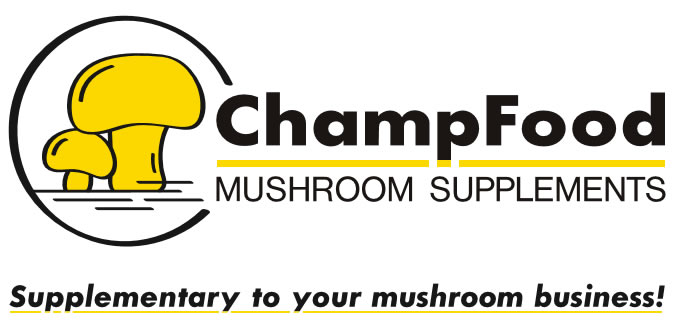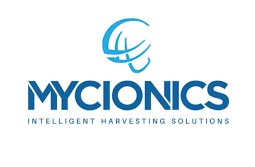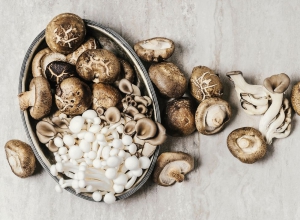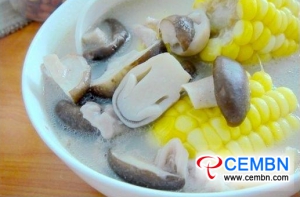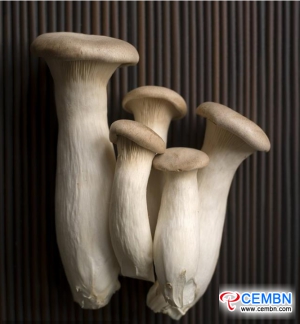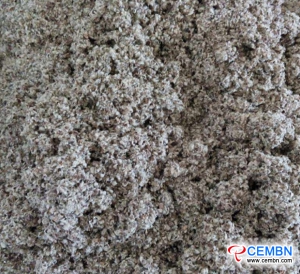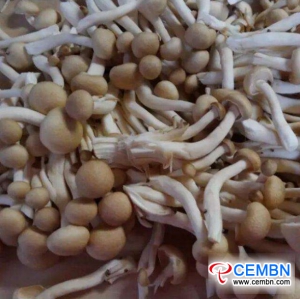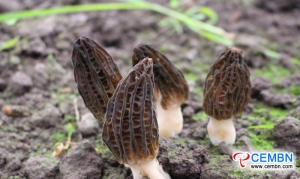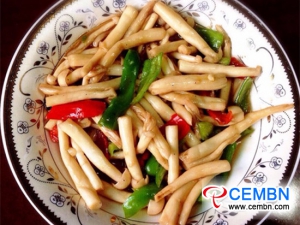According to mushroom quotation provided by Zhejiang Hangzhou Vegetable Wholesale Market, on May 30, Straw mushroom, Agrocybe cylindracea, Big Clitocybe and Pleurotus nebrodensis are 4 varieties that show price rise.
1.Price of Straw mushroom has risen from 20 to 24 CNY per kg, indicating 20% of increase range.
2.Price of Agrocybe cylindracea has risen from 8 to 9 CNY per kg, indicating 13% of increase range.
3.Price of Big Clitocybe has risen from 20 to 22.5 CNY per kg, indicating 13% of increase range.
4.Price of Pleurotus nebrodensis has risen from 18.8 to 21.3 CNY per kg, indicating 13% of increase range.
On the contrary, by May 30, Seafood mushroom, King oyster mushroom, Brown Shimeji mushroom, Enoki mushroom, Button mushroom and Pleurotus geesteranus are 6 mushroom varieties that show price fall.
1. Price of Seafood mushroom has dropped from 8 to 7 CNY per kg, indicating 13% of decline range.
2. Price of King oyster mushroom has dropped from 7 to 6 CNY per kg, indicating 14% of decline range.
3. Price of Brown Shimeji mushroom has dropped from 11.7 to 10 CNY per kg, indicating 15% of decline range.
4. Price of Enoki mushroom has dropped from 6.5 to 5.5 CNY per kg, indicating 15% of decline range.
5. Price of Button mushroom has dropped from 12 to 11 CNY per kg, indicating 8% of decline range.
6. Price of Pleurotus geesteranus has dropped from 18 to 14 CNY per kg, indicating 22% of decline range.
“Price of Shiitake mushroom, Superior Shiitake mushroom, White beech mushroom, Drumstick mushroom and Black fungus is respectively at 12 CNY, 18 CNY, 10 CNY, 14 CNY and 7 CNY per kg. Recently, supply of mushroom is sufficient in our market, some mushroom varieties are overstocked while they stay in small sales volume, which result in slip of mushroom price. In the coming time, price of mushroom is still possible to go down in our market,” introduces manager of Zhejiang Hangzhou Vegetable Wholesale Market warmly.



